Is Rivian Still Spending Billions Now to Make Billions Later?

Rivian lost an estimated $33,000 on every pickup it sold in the second quarter of this year, which is kind of impressive considering the cheapest model it sells still goes for a sizable $73,000. Considering its lofty initial public offering (IPO) and enviable product specifications, some are wondering why the company isn’t in better shape.
Though Rivian is hardly alone in selling cash-hemorrhaging electric pickups and SUVs. Ford is on track to lose $4.5 billion on EVs by year's end and is supposed to be underwater by more than $32,000 per average all-electric transaction. Frankly, it doesn’t look like any brand other than Tesla has managed to find a way to make volume electrification work in its favor.
A recent report from The Wall Street Journal attempted to suss out exactly what’s been happening with Rivian and it serves as a window into why electrification has been a problem for manufacturers generally. We’ve seen countless EV startups suddenly appear with murky financial support, receive loads of cash funneled in via IPOs or reverse mergers, and then recede into obscurity as founder members sell off their shares before the brand’s juicy market valuation plummets.
Rivian didn’t look to be one of those companies, however. While production rates have been consistently under target, they’ve also continued improving. You might even see Rivian products cruising down the neighborhood, which is more than we can say for brands like Faraday Future and Lordstown Motors.
In fact, the brand has technically managed to improve its situation dramatically in a relatively short amount of time. Rivian’s gross profit per vehicle averaged a loss of over $400,000 through most of 2022. But it’s managed to get that figure down to a negative $33,000 in the most recent quarter for 2023. But that still means the company has burned through over half of the $18 billion it has managed to stockpile.
Some of that was unavoidable. Production stalls during the pandemic basically obliterated supply chains and guaranteed that every automaker under the sun would endure volume shortfalls. The issue was made worse by consumers being out of work and inflationary pressures making expensive models less attainable. We can’t really blame Rivian for that. However, the brand has also failed to live up to the hype that drove up its IPO and subsequent market valuation.
From WSJ:
As of the end of September, Rivian had only built a total of around 65,000 vehicles, a fraction of what other car companies manufacture at a single U.S. factory in a year. Even with output increasing, Rivian’s factory in Normal, Ill., is operating at less than one-third of its build capacity. It aims to produce 52,000 vehicles this year.
Rivian’s share price is down around 70 [percent] from its IPO price of $78.
Founder and Chief Executive RJ Scaringe is rushing to slash expenses and slim down operations. He has said he is focused on reducing how much Rivian pays suppliers for parts, simplifying some aspects of the design and boosting production to move closer to profitability.
Losses have narrowed as Rivian produces more vehicles, but its cash burn continued at over $1 billion a quarter at the end of June.
Scaringe said the billions of dollars spent so far were a necessary part of the company’s growth. Company executives say Rivian aims to make a gross profit on its vehicles by the end of 2024.
“We’re competing to build something that’s truly better than all the alternatives, and to try to do that on a limited budget would be detrimental to us achieving our mission,” Scaringe explained.
It’s no secret that starting an automotive company from scratch is exceedingly difficult. Automakers have been consolidating for decades and government regulations make it exceptionally tough for any new nameplates to dive into the industrial fray. But Rivian has made it through the toughest parts of the process and seems like it only needs to address volume concerns.
Is that enough to condemn the brand as a failure? It’s certainly not a good sign. But when considering how tough it’s been for legacy manufacturers to convert their own EV lineups into gold (something executives seemed to think was a guarantee just a few years ago) it’s hard to dump on Rivian without feeling a little guilty.
Scaringe also said he was trying to deliver the best all-electric vehicles in the world — products that would not only be functional and rugged working vehicles but also be attractive, luxurious, and capable enough to embarrass some of the world’s best performance cars. While they are still subject to the shortcomings of all modern electric vehicles, Rivian seems to have achieved those goals with the R1T and R1S (with EDV vans for Amazon being their own thing).
But it’s still going to need to cut production costs and says that’s been its primary focus of late. Former employees have said management has asked engineers to cut up to $40,000 (per vehicle) in terms of parts and production expenses.
That’s a pretty massive request to make. However, some headway has already been made. The CEO has said Rivian is presently renegotiating supplier contracts made above-market rates years earlier. It’s also been streamlining some vehicle options that are quirky and unique but don’t really make the vehicle substantially better. Theoretically, it can also re-add those options at a later date — perhaps at prices that will pad its bottom line.
Increasing production would also help with profitability. Less downtime means fewer dollars wasted, provided that the market is ready to scoop up every model manufactured. The same could be said for raising prices. But that may actually be what’s hurting the brand most.
Rivian has already increased pricing for several configurations at a time when Tesla has been doing the opposite and world’s largest automakers are trying to fill out their lineup with larger EVs. The public appetite for nearly six-figure electrics probably cannot sustain what the industry is doing right now. We saw something similar happen during the Great Depression. Leading up to the 1930s, there was a slew of manufacturers trying to push automotive technology to the absolute limit, resulting in a waterfall of hyper-expensive luxury vehicles regular people couldn’t hope to afford.
Companies that managed to pivot toward mass production and affordable volume models persisted. But those that did not either went under or were purchased by rivals with deeper pockets. While there are too many differences for us to witness a one-to-one repeat of what happened a century ago, the stage seems to be set for something similar to take place. We may even be in the midst of that now.
[Images: Rivian]
Become a TTAC insider. Get the latest news, features, TTAC takes, and everything else that gets to the truth about cars first by subscribing to our newsletter.

A staunch consumer advocate tracking industry trends and regulation. Before joining TTAC, Matt spent a decade working for marketing and research firms based in NYC. Clients included several of the world’s largest automakers, global tire brands, and aftermarket part suppliers. Dissatisfied with the corporate world and resentful of having to wear suits everyday, he pivoted to writing about cars. Since then, that man has become an ardent supporter of the right-to-repair movement, been interviewed on the auto industry by national radio broadcasts, driven more rental cars than anyone ever should, participated in amateur rallying events, and received the requisite minimum training as sanctioned by the SCCA. Handy with a wrench, Matt grew up surrounded by Detroit auto workers and managed to get a pizza delivery job before he was legally eligible. He later found himself driving box trucks through Manhattan, guaranteeing future sympathy for actual truckers. He continues to conduct research pertaining to the automotive sector as an independent contractor and has since moved back to his native Michigan, closer to where the cars are born. A contrarian, Matt claims to prefer understeer — stating that front and all-wheel drive vehicles cater best to his driving style.
More by Matt Posky
Latest Car Reviews
Read moreLatest Product Reviews
Read moreRecent Comments
- Sheila I have a 2016 Kia Sorento that just threw a rod out of the engine case. Filed a claim for new engine and was denied…..due to a loop hole that was included in the Class Action Engine Settlement so Hyundai and Kia would be able to deny a large percentage of cars with prematurely failed engines. It’s called the KSDS Improvement Campaign. Ever hear of such a thing? It’s not even a Recall, although they know these engines are very dangerous. As unknowing consumers load themselves and kids in them everyday. Are their any new Class Action Lawsuits that anyone knows of?
- Alan Well, it will take 30 years to fix Nissan up after the Renault Alliance reduced Nissan to a paltry mess.I think Nissan will eventually improve.
- Alan This will be overpriced for what it offers.I think the "Western" auto manufacturers rip off the consumer with the Thai and Chinese made vehicles.A Chinese made Model 3 in Australia is over $70k AUD(for 1995 $45k USD) which is far more expensive than a similar Chinesium EV of equal or better quality and loaded with goodies.Chinese pickups are $20k to $30k cheaper than Thai built pickups from Ford and the Japanese brands. Who's ripping who off?
- Alan Years ago Jack Baruth held a "competition" for a piece from the B&B on the oddest pickup story (or something like that). I think 5 people were awarded the prizes.I never received mine, something about being in Australia. If TTAC is global how do you offer prizes to those overseas or are we omitted on the sly from competing?In the end I lost significant respect for Baruth.
- Alan My view is there are good vehicles from most manufacturers that are worth looking at second hand.I can tell you I don't recommend anything from the Chrysler/Jeep/Fiat/etc gene pool. Toyotas are overly expensive second hand for what they offer, but they seem to be reliable enough.I have a friend who swears by secondhand Subarus and so far he seems to not have had too many issue.As Lou stated many utes, pickups and real SUVs (4x4) seem quite good.

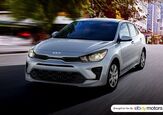
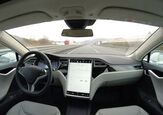
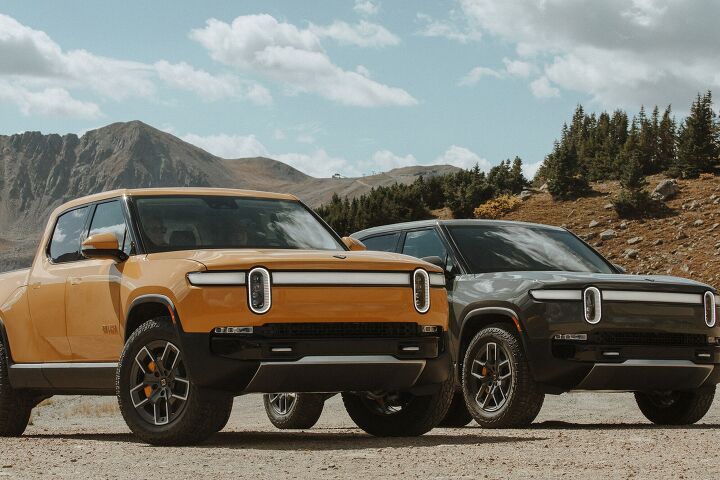















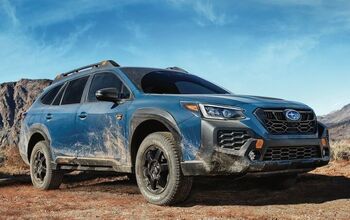
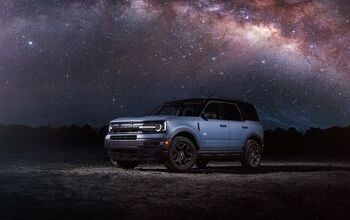


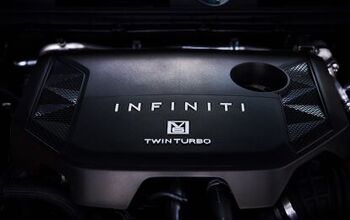



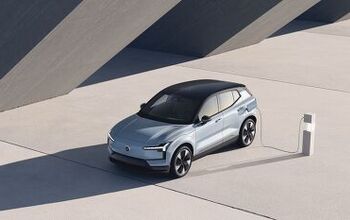
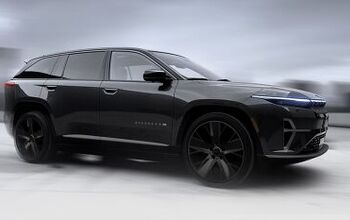
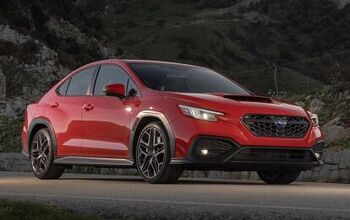





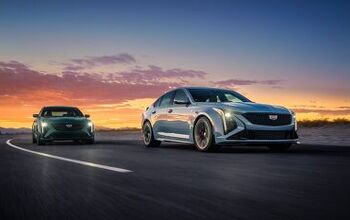
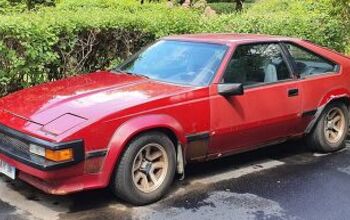
Comments
Join the conversation
I'm in Socal and see many Rivians. I find the proportions of the SUV to be off in a Wagoneer way. Not a graceful vehicle. The truck looks pretty good but I think the front end is going to age horribly.
Profit / loss per vehicle sold is a ridiculous metric to apply to a startup selling its first vehicles, and doesn’t deserve mention by any journalist who understands business. I’m not saying anything about Rivian per say, but let’s not get not stuck on stupid metrics.